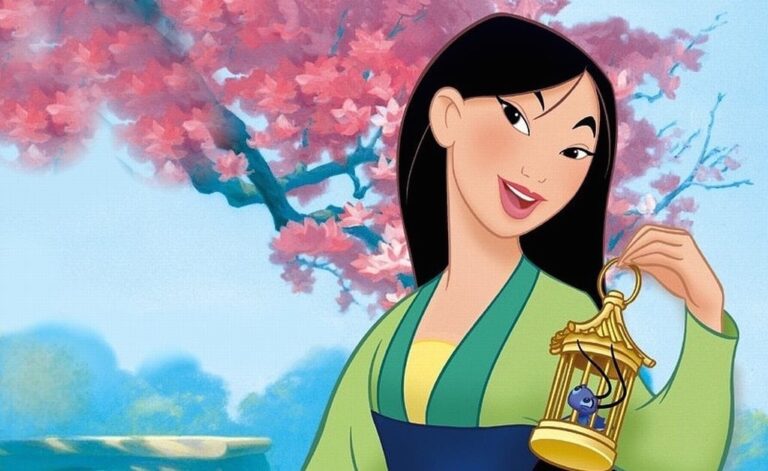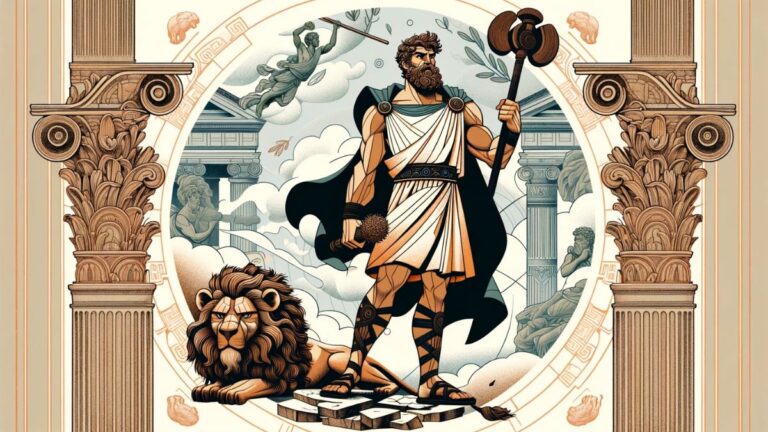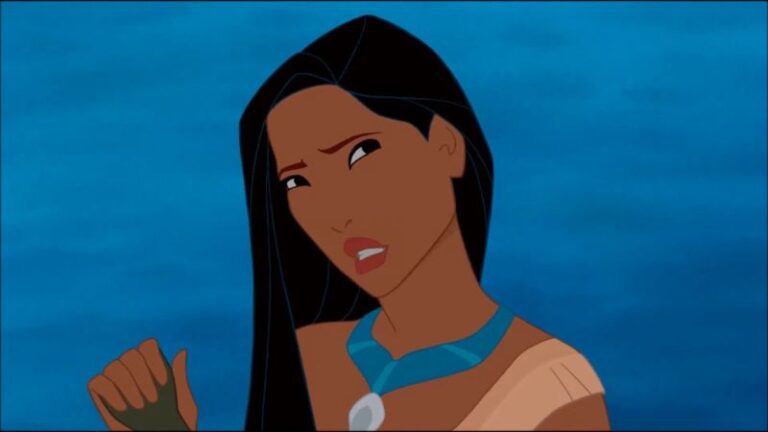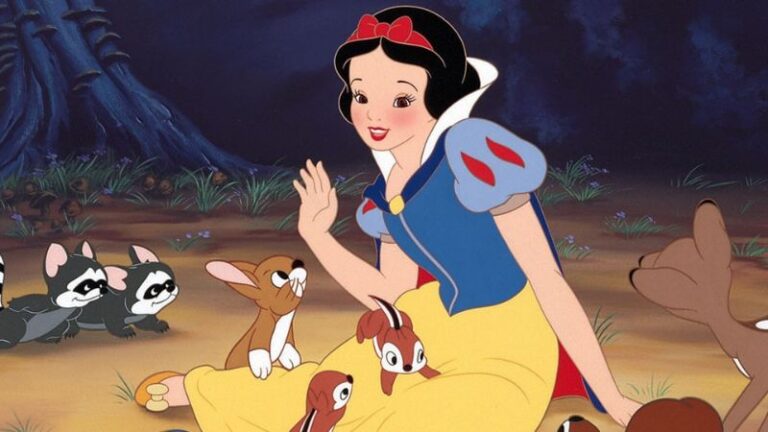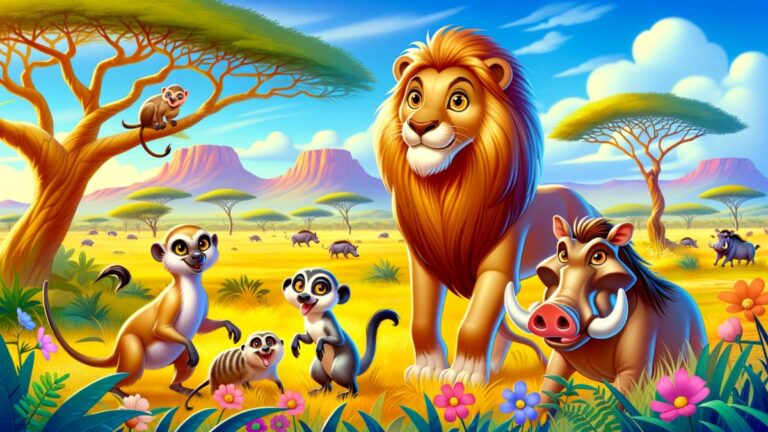The Original Beauty and the Beast: Exploring the Timeless Love Story’s Origins
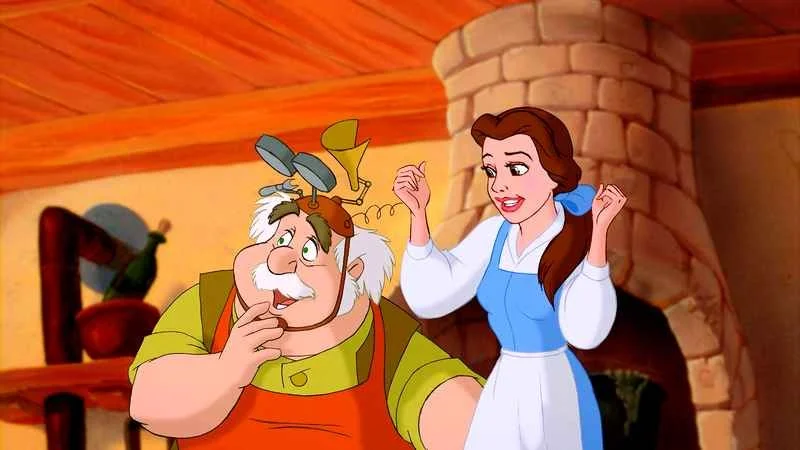
The story of Beauty and the Beast is a tale as old as time, captivating hearts with its unique blend of romance, mystery, and the enduring power of love. In this article, we’ll dive into the origins of this classic fairy tale, exploring how it has evolved over the centuries. From its first known version by Gabrielle-Suzanne Barbot de Villeneuve to its numerous adaptations, this story continues to resonate with people of all ages. Join me as we uncover the timeless allure of this beloved narrative.
The Birth of a Legend: Tracing the Tale’s Origins
Beauty and the Beast wasn’t always the story we know today. Its earliest version, written by Gabrielle-Suzanne Barbot de Villeneuve in 1740, was a complex narrative with many subplots and characters. This original tale was more than just a simple love story; it included intricate backstories and a deeper exploration of the characters. In 1756, Jeanne-Marie Leprince de Beaumont simplified and popularized the story, shaping it into the version more familiar to us. This transformation marked the beginning of the story’s journey into the hearts of readers worldwide.
In exploring these early versions, we get a glimpse of the societal and cultural influences of the time. The story was initially meant for adults, not children, and it reflected themes of arranged marriage and social status, prevalent in 18th-century France. Understanding these origins gives us a richer appreciation of how the tale has evolved while maintaining its core message of looking beyond appearances.
Transformation Over Time: How the Story Evolved
Over the centuries, Beauty and the Beast has undergone significant transformations, adapting to the changing tastes and values of society. Each era brought its own interpretation, adding layers and nuances to the tale. In the 19th century, the story began to be seen as a children’s narrative, with moral lessons woven into the plot. This shift in audience marked a significant change in how the story was told, with more emphasis on the virtues of kindness and inner beauty.
The 20th century saw the story break into popular culture through film and theater adaptations, each adding a unique twist while staying true to the heart of the tale. The most notable of these is the Disney animated film, which introduced the story to a global audience, embedding it in popular culture. This adaptation emphasized the transformative power of love and the importance of embracing one’s true self, themes that continue to resonate today.
Symbolism and Themes: Understanding Deeper Meanings
At its heart, Beauty and the Beast is a story rich in symbolism and themes that transcend time. The beast represents the struggle with our inner demons and the fear of being misunderstood. Beauty’s character symbolizes kindness, compassion, and the ability to see beyond the surface. Together, they embody the idea that true love is about acceptance and seeing the beauty within.
The story also delves into themes of sacrifice, redemption, and the transformative power of love. It challenges us to look beyond physical appearances and societal expectations, encouraging a deeper understanding of ourselves and others. By analyzing these themes, we gain insights not only into the story itself but also into the human condition, making the tale relevant across generations.
The Legacy Lives On: Modern Adaptations and Influence
The enduring legacy of Beauty and the Beast is evident in its countless adaptations in literature, film, and theater. Each adaptation brings a fresh perspective, ensuring the story remains relevant and engaging. From stage plays to modern cinematic interpretations, the tale continues to captivate audiences, proving its timeless appeal.
These modern adaptations not only entertain but also reflect current societal values and issues, keeping the story alive and relevant. They encourage new generations to explore and appreciate this classic tale, ensuring its message of love, understanding, and transformation continues to inspire. As we look at these adaptations, we see how a story from the 18th century still holds a special place in our hearts and minds, its magic undimmed by the passage of time.

